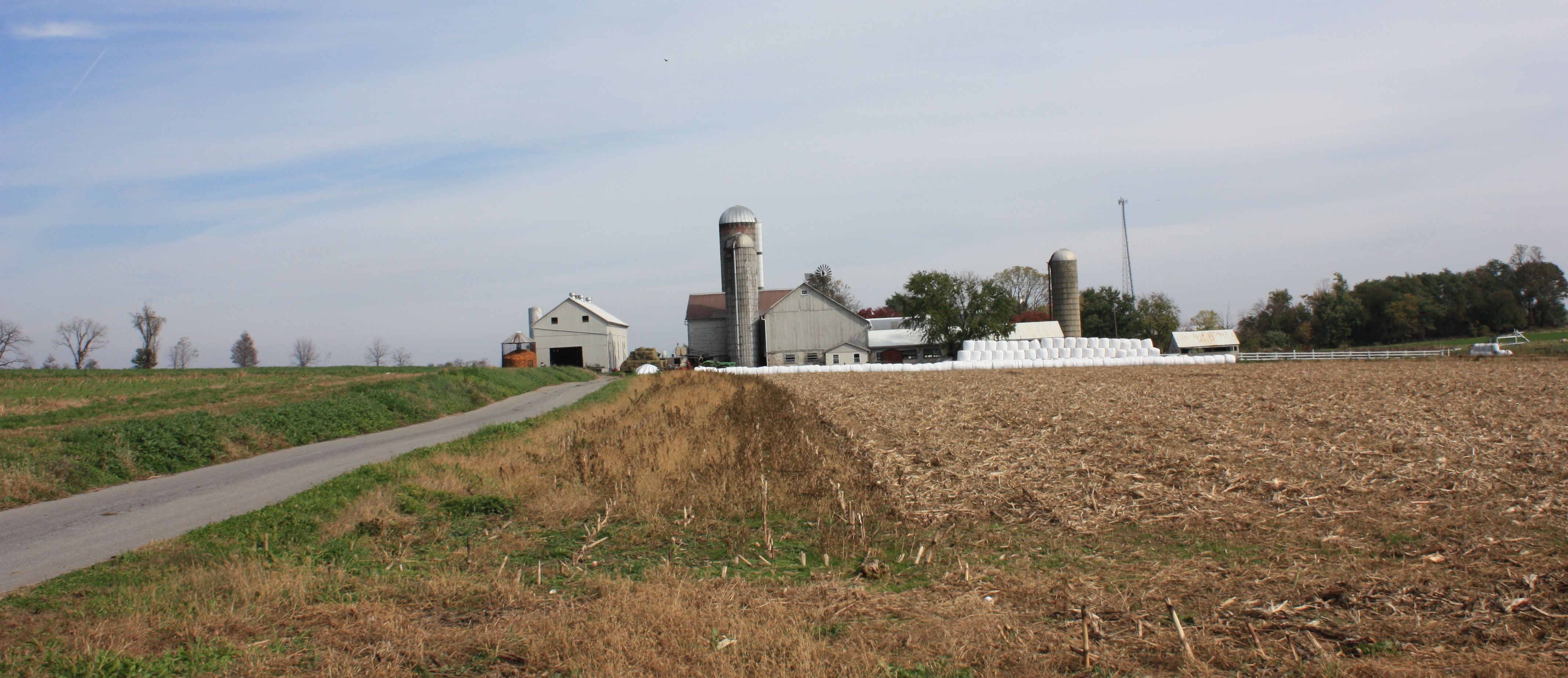Want to learn more about Amish traditions, culture, and heritage? Want to see how The Amish Village changes over the seasons? We pack our blog with helpful articles all about the Amish culture and some news about The Amish Village.
Life on the Amish Family Farm

Traditions make up a huge part of Amish life and culture, and when it comes to the family farm this aspect of their life is no different. Currently, only a third of Amish families in Lancaster County actually live on a farm. Because land is a limited resource and their families are often large, more and more Amish are moving off the farm and getting into trades. However, farming is still a vital part of the Amish culture and all the farms all serve different purposes with the most common concentration being in either produce or livestock. The farms come in all different sizes, from 5-acres to 100 plus acres, and no matter the size they all contribute to their community’s livelihood. Since the Amish communities help each other in times of need, farming benefits the Amish community as a whole.
With an average of seven children per Amish family, it may come as a surprise that when the Amish are ready to pass down their family farm, it does not go to the eldest child but it is left to the youngest son. In old English culture, the older son would generally inherit the farm. If the family does not have any sons then the farm would be passed down to the youngest daughter. Once the farm is passed down, an addition is built onto the home for the parents to live the rest of their days. You can easily spot these extensions as they often have a different color siding than the rest of the dwelling. It’s also not uncommon to see three generations of the family living on the same property.
Tasks on the farm are commonly divided by gender, based on the belief that the men and women have specific roles given to them by God. The men run the farm by taking care of the animals, farming crops, and many other tasks. This leaves time for the women to keep up with the chores in the home such as cooking, cleaning, sewing, etc. If the grandparents are living with the family, then you could see them managing the smaller features of the farm such as a roadside stand, or at the family’s market.
Some aspects of farming require electricity and although Amish try to avoid the conventionalized methods of energy and do not connect their homes or farms to power lines, many communities have come to use alternative power sources, such as solar panels or gas, and generators. These methods are becoming more popular in the communities to run the working farm, but before that, many Amish groups used less conventional means of producing energy, such as windmills or water wheels.
To learn more about Amish families and their culture, join us on our Backroads Bus Tour, where you will see authentic Amish Farms throughout Lancaster County, or visit our on-site authentic Amish farmhouse as you tour the Amish Village.


